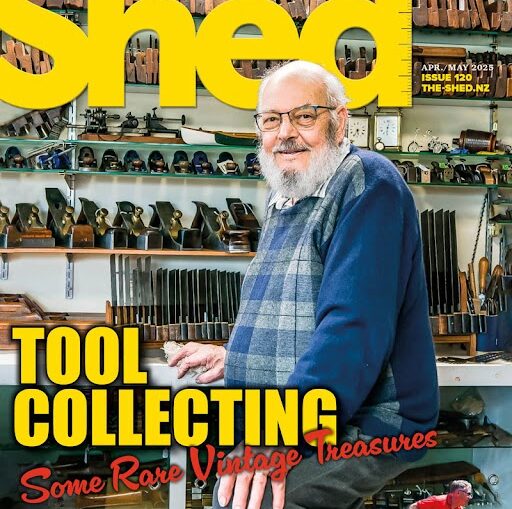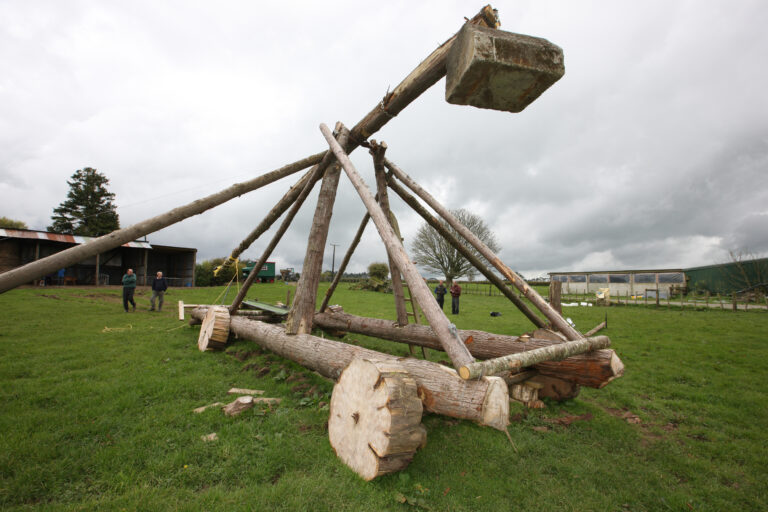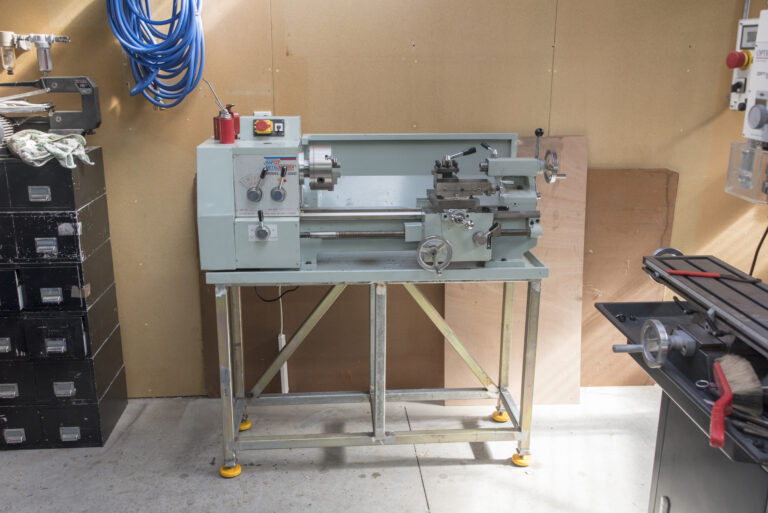A FLYING FOX PROVES THE PERFECT FUN WAY TO COMMUTE TO WORK FOR A SOUTH ISLAND DAIRY FARMER.
By Sue Allison
Photographs: Juliet Nicholas
Harry Meijer and the flying fox. Up, up and away…
Going downhill fast isn’t normally desirable in the dairying world, but Harry Meijer manages to do it with a smile on his face.
Harry, who farms on the north bank of Canterbury’s Waimakariri River near Oxford, zips from his house to the cowshed below on a home-built flying fox. When Harry and his wife, Clare, bought the 223ha farm 10 years ago, the flying fox was a high priority. “I thought ‘We’ve got to get some reward that the tax department doesn’t get its mits on’ and having fun is part of that,” says Harry, who believes mixing work with pleasure is not just a good thing, but essential.
The zip-line is about 110m long, basically comprising a wire rope suspended between two telephone poles. The platter seat is fixed to a pole and attached to the wire using a twin-pulley system on a little carriage. “It’s all off-the-shelf stuff and some good old Kiwi savvy,” says Harry.
The site, running along the side of the hill with about a 15m fall over the distance, lent itself to the flight path. It starts just below the house, which is on a terrace above the farm, and ends near the yards and milking shed. “It goes against my Dutch inheritance to drive a vehicle down there just to drive it back again.”
Harry dug a couple of telephone poles a metre into the ground at either end, built up earth and gravel around them and secured them behind with stay wires.
The top pole is attached to a railway iron, driven 1.5m into the ground with a post driver. The bottom one, where the ground is shingly, is secured by “a dead man”—a heavy, treated fence post buried and braced by a second one laid perpendicular to it.
He made a test model for the zip-line using a length of old irrigation wire rope. That deemed successful, he hooked up an inch (10 mm) wire rope, wrapping it several times around the end poles to absorb the friction, and clamping it into place.
The seat and carriage, picked up on the Internet, was fixed to the pulleys and the test runs began, with Harry as flying guinea pig. To get a feel for how it worked, he initially had the wire rope on a manually operated ratchet to get the tension right. The degree of sagginess is critical, says Harry. “You have to have sag to take speed out at the other end. I wrapped myself around the end pole a couple of times.” Air temperature has to be factored in too—the wire rope is markedly tighter in the cold and slacker when it’s warm.
Building the flying fox was a high priority—mixing work with pleasure was essential. The retaining wall holds up built-up soil for the launch ramp
View fullsize
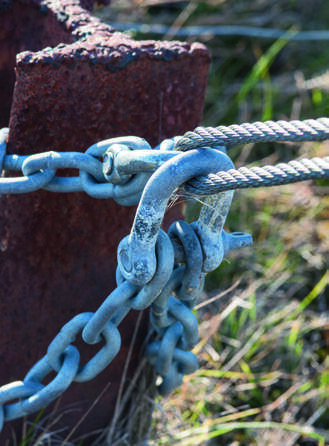
View fullsize
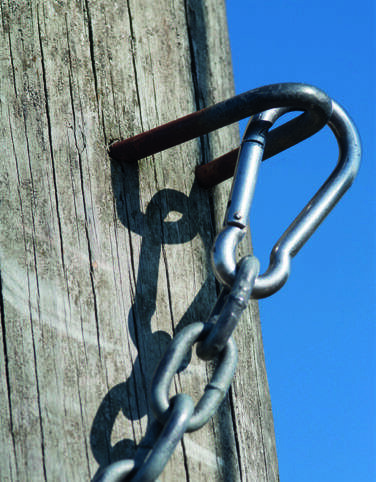
Earth ramp
At the highest point, the flying fox is 6-7m off the ground, says Harry. And at the lowest—well: “I did some excavating with the tractor after I’d been trying to landscape it with my arse; stones, gorse and all.” Adaptations over the years have included adding a graduated earth ramp at the end to help with the dismount and tyres strung further along the wire to prevent impact with the pole.
The 110m ride takes about 10 seconds. “Lighter people struggle to get to the end and heavier people go too fast,” Harry says, who has set a weight limit of 100kg for users. A rope dangles from the seat for pulling it back up the hill. “There’s no fun without a bit of effort,” says Harry of the five-minute return trip. While the flying fox is not open to the public, the families of the Meijer’s three full-time staff members, plus other relief workers and visiting truck drivers, all use it.
Clare, she says emphatically, has never been on it and isn’t about to start. Their four children, now in their 20s and flown the nest, were seasoned riders. The flying fox cannot be ridden without permission and there are clear safety rules around its use. The catch is out of the reach of children and, when not in use, the flying fox is padlocked. Children under 14 must be supervised by an adult. Younger or nervous riders are provided with a safety harness.
Harry says the flying fox is “overkill” in terms of safety. “I had some bruises and black eyes to show for it in the early days, but I’m comfortable now that I have ironed out all the hassles. “You have to be careful with something like this and I wouldn’t offer it to anyone else to use if it wasn’t completely safe.”
Harry is wary of some of the “pedantic nonsense” that is part of some Health and Safety regulations. “It worries me that the fun police are out there trying to ruin things. There’s too much big brother stuff. What happened to personal responsibility? You can’t legislate for commonsense. “A farm is a great place to bring up a family and should be a fun place. Bumps and bruises are part of that.”
View fullsize
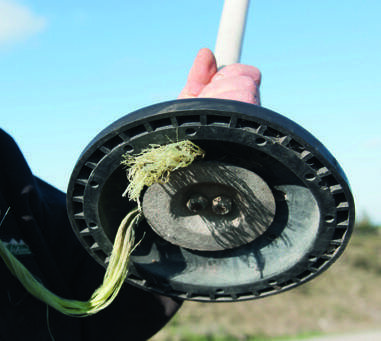
View fullsize
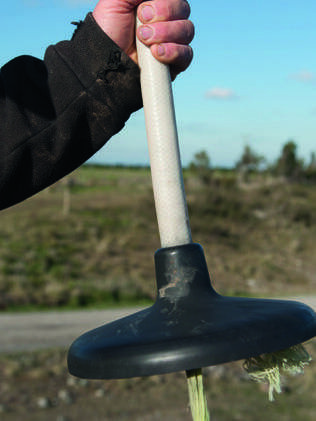
…and attached to the wire using a twin-pulley system on a little carriage
Smoother ride
Farmers tend to mark time by significant events—the Year of the Big Snow, the Year of the Floods…for the Meijers, there was the Year Harry Oiled the Flying Fox.
It seemed a sensible thing to do for maintenance and a smoother ride. “For about two seconds, I thought ‘This is really good’—and another two seconds later I thought ‘No, it’s not!’ I could see it was going to end badly so I jumped off and attempted an SAS roll, but it failed.”
Harry clambered back up the hill, battered and bleeding but otherwise intact. “I stopped oiling it after that and we hung it up for a while.” The flying fox stayed shackled that spring for the annual community barbecue.
Every year, to mark the start of daylight saving and end of calving, Clare and Harry put on a party for all the families and dairying staff in the district. “Thrashing a few golf balls” from the house to the farm below, with water troughs as holes, is also on the activity list. Having fun is seriously important, especially in tough times, Harry says. “When things look a bit bleak, it’s important to get out and rub shoulders with positive people.” Harry, who trained in statistical analysis after getting a Diploma of Agriculture from Lincoln College, has gone through the dairying system from hired hand to share-milking on the West Coast.
The Meijers have seen good times and bad, including dairying on the Coast in the 1980s when interest rates went sky-high, milk fat prices were rock-bottom and they had two 100-year-record floods in a row. (“At least we can turn the irrigation off here,” says Clare.) “I’m probably a person whose glass is three-quarters full,” says Harry. “I worry about stuff I can control and farm through things I can’t control.”
A video of Harry aboard his flying fox went viral and the story was viewed more than 164,000 times on the New Zealand Herald’s Facebook page, prompting hundreds of comments full of admiration for the “real Kiwi man”. Reporters trudged to his door and the phone rang red hot with people wanting his opinions on everything from sanity to the secret to happiness.
Harry was, frankly, astounded. “I’m no psychiatrist. I’ve been dairy farming for 28 years and I love it. I don’t think it should all be about the bottom line. It’s got to be a fun place to be.” And with a grin, he tips his floppy hat and whirs down to join his cows in the milking shed.
Tyres help prevent impact with the pole. “I’ve had some bruises and black eyes to show for it in the early days.”
Harry makes the 110-metre ride to work in the milking shed in 10 seconds
The Meijers milk 780 crossbred Friesians nine months a year at Silvacrest

